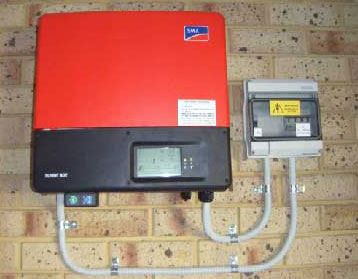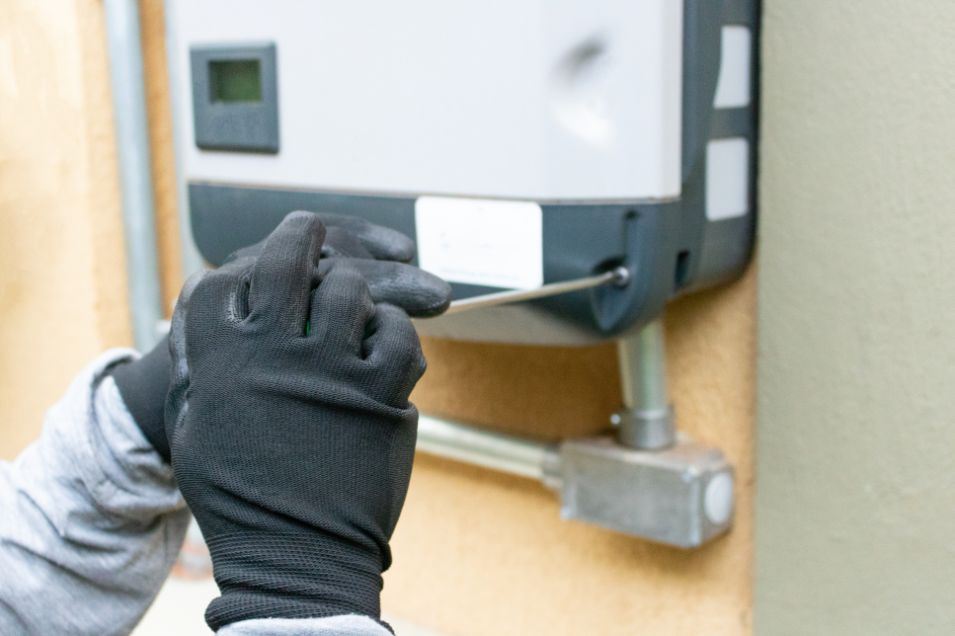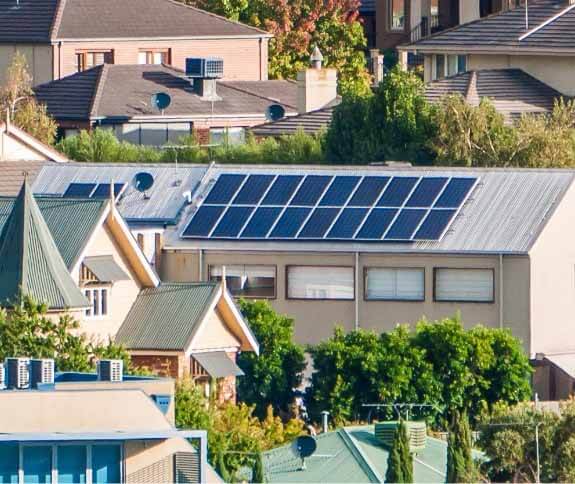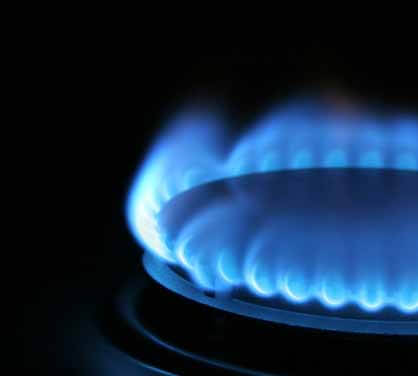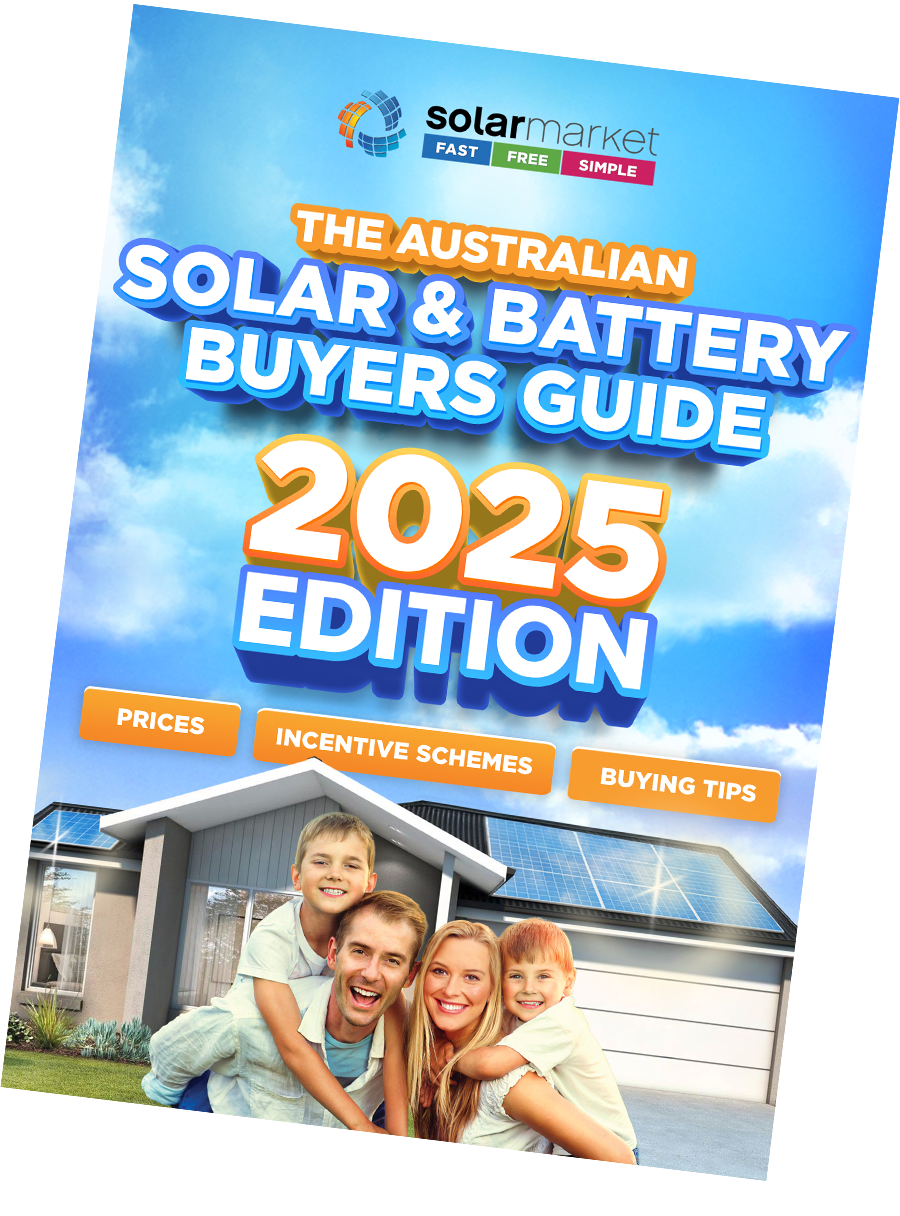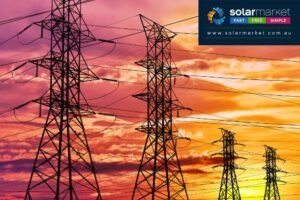The inverter is a core component of a solar PV system and has the vital task of converting direct current energy from solar panels into alternating current energy that our homes and appliances use to run. It is for this reason you will need to ensure you know the required maintenance for your solar inverter to ensure it’s efficiency and lifespan.
Unlike solar panels who have a life-span of 25 years + (due to no moving parts), an inverters life-span is usually estimated around 10 years as of a result of them having more electrical components which are sensitive to heat.
In some instances, a high quality and well-maintained inverter could last up to 20 years with just a drop-in efficiency, however a typical inverter warranty will only cover the inverter for 5-12 years.
What Can Affect The Lifespan Of An Inverter?
While you’ll find a good quality inverter to be robust there are ways to further ensure longevity of your inverter’s life and its performance at its peak efficiency. These can include where your inverter is located, the cleaning and maintenance regime as well as checking for any warning signs.
Placement Of Your Inverter
Standard String or Hybrid Inverters can be rated as indoor or outdoor. You’ll find indoor inverters less expensive than an outdoor inverter; however outdoor inverters can withstand weather conditions like rain and higher temperatures.
The best location for an indoor inverter is somewhere sheltered and away from direct sunlight like a car garage. This is because direct sunlight and overheating can cause failure and disruptions to the inverter converting energy, as well as shorten its life-span. You’ll also want to ensure the inverter is protected from any rain or water that may leak through causing dampness, as moisture and water damage will affect the inverters performance and life expectancy.
Outdoor inverters provide slightly more flexibility in terms of placement and can be typically kept in garages, carports or on the side of a house provided there is an awning or some shade. Whilst outdoor inverters can withstand some weather conditions it’s still ideal to keep them out of direct sunlight otherwise, they will become too hot and lose efficiency. As a safety precaution you’ll find that if an inverter reaches a certain temperature, they will shut themselves down.
If you have installed Micro-Inverters they must be connected very close to the panels. You will have little choice in the placement of micro-inverters as they typically need to be attached underneath or to the back of the solar panels.
Cleaning and Maintenance
Due to inverters usually being kept in locations like garages and carports it’s important to check on them regularly and ensure there is no dirt or dust building up so you can avoid any clogging or damage to the electrical components, vents and cooling fins. It’s also important to give the inverter space from clutter as they need a sufficient amount of airflow to assist in preventing them from overheating.
Inspecting Your Inverter
It’s recommended to give your inverter a thorough inspection every few months and look out for any significant signs of damage as well as ensuring the space your inverter is in isn’t experiencing any changes or factors that may cause future damage such as leaks after a heavy rainstorm or even rodents! If noticeable damage has already been caused it’s best to have a solar provider come out ASAP to inspect whether the damage is a safety risk to your home or is going to effect the performance and life-span of your inverter.
Understanding The Warning Signs
If your solar system has suddenly stop providing power the most common cause of this is going to be an issue or failure with the inverter. Most solar inverters will have lights which will give you an indication whether something is wrong.
-
- Green = Inverter is operating as it should
- Blinking Green = Low amount of sunlight is on the panels
- No Color = No sunlight is on the panels (this is normal at night but if this is occurring on a sunny day it may be an indication there is an issue with the connection between your inverter and panels)
- Red/Orange/Yellow = This is usually an error code and means something is wrong with your inverter
Speak To Installers About Your Inverter Options When Installing or Upgrading!
